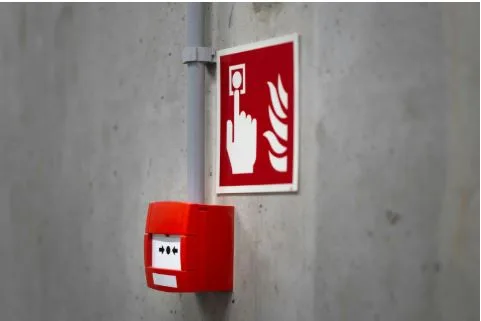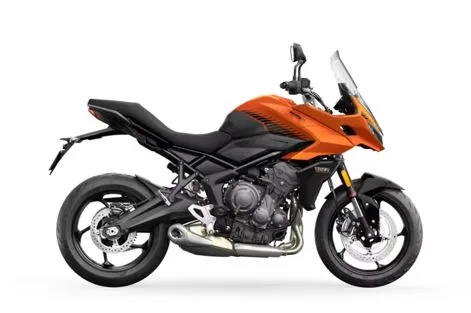Aerie Drops AI Images for Real Models
American Eagle’s lingerie brand Aerie announced in September 2025 a complete ban on AI-generated imagery in its advertising campaigns. The company now uses only photographs of real models, shot by real photographers, with no digital fabrication involved. Fashion retailers have been experimenting with synthetic models and computer-generated product shots to cut costs.
Throughout 2024 and into 2025, at least 15 major fashion brands quietly started incorporating AI-generated imagery into their marketing materials. Most didn’t disclose it to customers. When fashion watchdog accounts on social media pointed out the telltale signs of AI generation, comment sections filled with accusations of deception. Several brands saw their engagement rates drop by double digits within weeks.
Aerie built its reputation on body positivity and authenticity since dropping Photoshop retouching in 2014. The new policy extends that commitment into the AI era.
Why Brands Are Ditching Generated Images
In August 2025, luxury brand Mango faced a PR disaster when customers noticed that models in their campaign had distorted hands, mismatched earrings, and anatomically impossible poses. The company pulled the entire campaign and issued an apology. The incident cost them an estimated $2.3 million in wasted ad spend and damaged relationships with influencers who had promoted the campaign.
Similar incidents hit Levi’s and H&M in early 2025. Both companies experimented with AI models to showcase their clothing lines, arguing it would increase diversity and reduce production costs. They faced accusations of eliminating jobs for real models and trying to fake inclusivity rather than actually hiring diverse talent. H&M scrapped their AI model program after three months.
Research from September 2025 shows that 68% of consumers aged 18-34 said they would be less likely to purchase from a brand that uses AI-generated models without disclosure. That number jumps to 79% for consumers who specifically value body-positive messaging. Fashion brands built on authenticity are realizing they can’t afford to compromise their core value.
The EU is finalizing regulations that would require clear labeling of AI-generated commercial imagery by mid-2026. Several US states are considering similar legislation. Brands that transition away from AI content now are positioning themselves ahead of what may become mandatory.
What This Means for Digital Advertising
The shift away from AI imagery is forcing brands to reconsider their entire approach to digital marketing. Transparency has become a competitive advantage rather than just a feature. Companies are now promoting the fact that real people created their content, something that seemed unnecessary to mention two years ago.
This emphasis on authenticity and consumer choice is playing out across multiple digital sectors. The tension between regulatory frameworks and personal autonomy has sparked debates in industries beyond fashion advertising. In the UK’s online entertainment market, similar conversations are happening around self-exclusion programs. Some users actively seek alternatives to mandatory restriction systems, turning to platforms like Non GamStop UK Casinos that offer different licensing approaches with more flexible user controls and personal choice.
Consumers are pushing back against one-size-fits-all solutions, whether that’s undisclosed AI content in advertising or inflexible participation requirements in digital services. Brands that acknowledge this desire for transparency and choice are finding more receptive audiences than those trying to quietly implement cost-cutting measures.
For fashion advertisers, the return to human-created content comes with higher price tags. A single day of studio photography with professional models, hair and makeup artists, and a creative team can cost $15,000 to $50,000 depending on the scale. AI-generated imagery can produce similar visual output for a few hundred dollars. The hidden costs of damaged brand trust are proving far more expensive than any production budget savings.
The Bigger Picture for Consumer Trust
What Aerie and similar brands are discovering is that trust, once broken, is difficult to rebuild. When Victoria’s Secret was caught heavily editing model photos in the 2010s, it took years of repositioning and new campaigns to recover. In today’s faster news cycle, the damage happens quicker and cuts deeper.
Patagonia has emerged as a case study in transparency-driven marketing. The outdoor clothing company has always been upfront about its supply chain, manufacturing processes, and even its profit margins. In 2025, when they announced that none of their marketing materials would use AI generation, customer approval ratings hit 94%, the highest in the apparel industry. Their sales grew 23% year over year while competitors using AI imagery saw flat or declining revenues.
A survey of 5,000 online shoppers in October 2025 found that 82% want brands to clearly disclose when AI is used in product imagery or advertising. 61% said they would actively choose brands that commit to human-created content, even if prices were slightly higher.
Looking Ahead
Aerie’s commitment to real photography signals a larger industry shift. As more brands realize that the cost savings from AI generation don’t offset the trust deficit, similar announcements are appearing across the fashion sector.
The question isn’t whether AI has a place in fashion marketing, but rather how it gets used and disclosed. AI could handle background generation, color variations, and other technical aspects while keeping human models and photographers at the center of campaigns. This hybrid approach might satisfy both efficiency concerns and authenticity demands. Right now, brands like Aerie are betting that consumers want the real thing, no algorithms involved.







